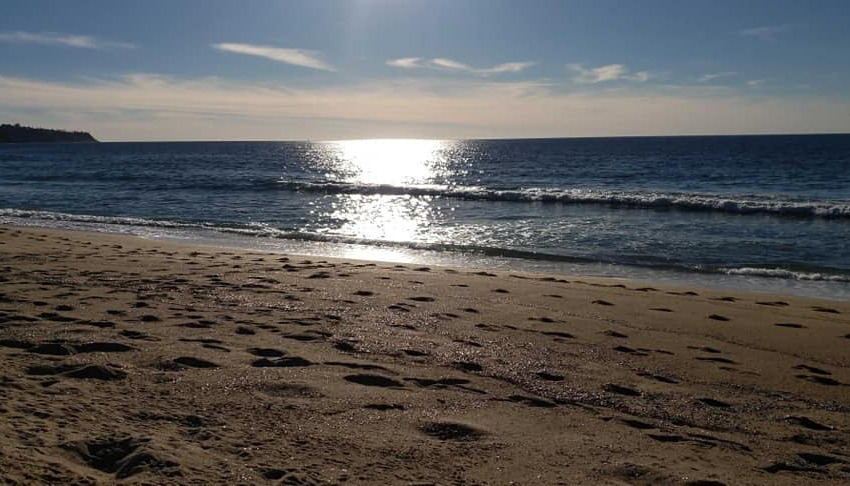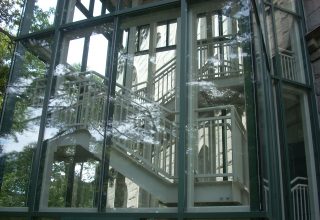
Senior Sages are particularly motivated when this double-barreled success is associated with a sense of mission. If their favored nonprofit organization has a clear mission and vision of what is needed and being sought, then success for Senior Sages is much sweeter and their energetic commitment to do more is that much greater. When the mission, for instance, concerns the welfare of children, passion is easily ignited. Senior Sages readily find personal fulfillment. There is nothing quite like saving the life of a child or helping a child toward a promising future. It is in seniors’ work with children that we often find the most significant kind of generativity—a merging of two or even three modes of generativity.
Quiet Generativity and Lifelong Learning
Most Emerging and Senior Sage leaders want to leave a legacy—a footprint in the sand. As Kotre (1984) noted, they want to live beyond self. But they don’t care if anyone knows this is their footprint. They are doing civic community work to feed their own spirit and to witness an impact that goes well beyond the gratification of their egos. There certainly is nothing wrong with getting a little credit for the work being done, but this is not their primary motivation. Often no one else in the community knows about the phenomenal amount of work being done by any Sage leader, but it is not important to them that they know. As reported earlier, one very senior woman who has played a major leadership role over many decades speaks of “giving quietly” and “leading quietly.” As she expresses it, “The good Lord knows, and that’s enough.” This is true charity and the essence of Generativity Four.
There is also the meaning and satisfaction that comes from learning something new while engaged in civic leadership. This often is a quiet enterprise. It typically is only identified when a Generative Four leader is asked to reflect on their own deep caring. Apparently, as generative adults we continue to learn and find new challenges to be a source of insight rather than pure challenge and overwhelm. This is perhaps best conveyed through the words offered by Dan, one of our four Featured Players. As you might recall, Dan had served as president of a university and previously was a successful physicist. What is there still to learn, having lived the life of researchers and educator? Apparently, there is still much to learn:
Download ArticleSince working on the Sage Leadership Project, I have gotten a number of additional insights about community leadership and community engagement. I believe this project was more responsible for me being thoughtful about leadership and what it takes by struggling with my own answers to the interview questions. I became reflective about my own style of leadership and was able to identify good and bad examples of leadership. So, the Sage Leadership Project was a powerful learning experience for me.
It was interesting and informative to learn just how many ways that people give back to our community. This expanded my view of what could be done. People who teach music, who help with educating the young, taught me that civic engagement is a huge community resource. The Sage project was a very inspiring experience for me. I drew energy from the interviews, and, like many of us, also resulted in making new friends. One of the lessons learned is that everyone has a story. And as well as I thought I knew a person, I really didn’t until I engaged him in the kinds of questions that were asked in the interviews. The asking of questions links back to my earlier comments about parenting, about me being an advisor/ counselor. Often that means honoring my mistakes and learning from them. Learning to ask open questions that cause a person to discover their own answers is a real skill. I truly believe that the questions we decided to ask enabled this to happen, and that was an important learning for me.















